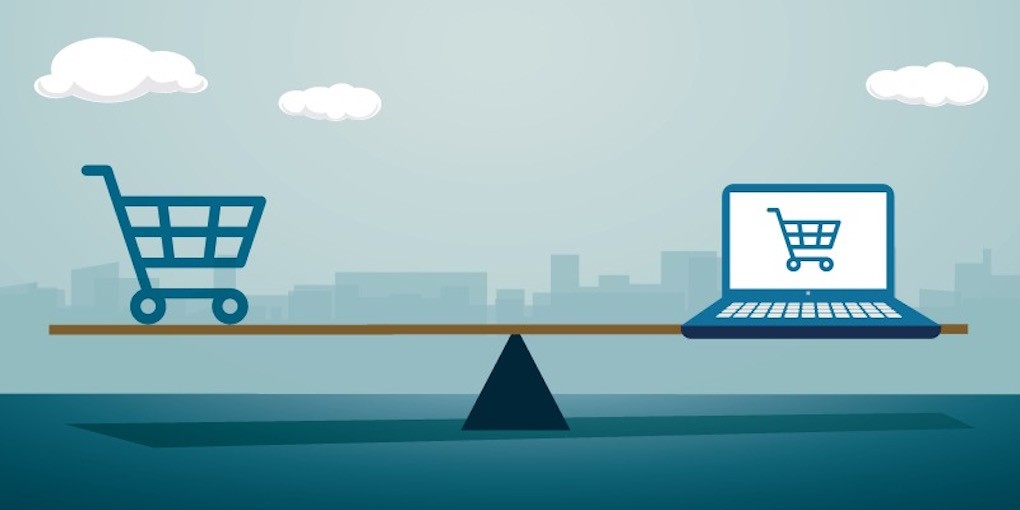Offline Vs Online Retail. Who is the winner?
In the digital world, businesses have the option to operate either offline or online, each with its own advantages and considerations. Here’s a comparison of offline and online businesses:
Offline Business:
- Physical presence: Offline businesses have a physical location, such as a brick-and-mortar store, office, or warehouse. This allows for face-to-face interaction with customers and immediate product/service delivery.
- Local reach: Offline businesses often target a specific local market. They rely on foot traffic and traditional marketing methods like print advertisements, local events, and word-of-mouth to attract customers.
- Limited operating hours: Offline businesses typically have fixed operating hours, which can restrict customer access to products and services. This may pose challenges for customers who prefer flexibility or have time constraints.
- Tangible experience: Offline businesses offer a tangible experience where customers can physically see, touch, and try products before making a purchase. This can enhance customer confidence and satisfaction.
- Overhead costs: Offline businesses often incur higher overhead costs, including rent, utilities, staff salaries, and inventory management. These expenses can be substantial and impact profitability.
Online Business:
- Global reach: Online businesses can target a global audience and reach customers beyond geographical boundaries. The internet allows for broad exposure and the potential to attract customers from different locations.
- 24/7 availability: Online businesses can operate 24/7, providing customers with access to products and services at their convenience. This flexibility accommodates varying time zones and customer preferences.
- Cost-effectiveness: Online businesses generally have lower startup and operational costs compared to offline businesses. There is no need for physical store rent, extensive inventory, or a large staff. This can lead to higher profit margins.
- Scalability: Online businesses have the potential for rapid scalability. With digital platforms and automated processes, they can easily handle increased demand and expand their customer base without significant infrastructure changes.
- Data-driven insights: Online businesses can collect and analyze data on customer behavior, preferences, and buying patterns. This information enables targeted marketing campaigns, personalized recommendations, and data-driven decision-making.
- Competitive landscape: The online space is highly competitive, requiring businesses to invest in effective digital marketing strategies, search engine optimization (SEO), and online advertising to stand out among competitors.
- Virtual customer experience: Online businesses provide a virtual customer experience, relying on website design, user interface, product images/videos, and customer reviews to build trust and facilitate online purchases.
- E-commerce opportunities: Online businesses can leverage e-commerce platforms, enabling secure online transactions, multiple payment options, and convenient shipping methods. This expands sales opportunities and customer convenience.
It’s important to note that many businesses adopt a hybrid approach, combining both offline and online operations to maximize their reach and cater to diverse customer preferences. This approach, known as omnichannel, provides customers with multiple touchpoints and a seamless experience across online and offline channels.


